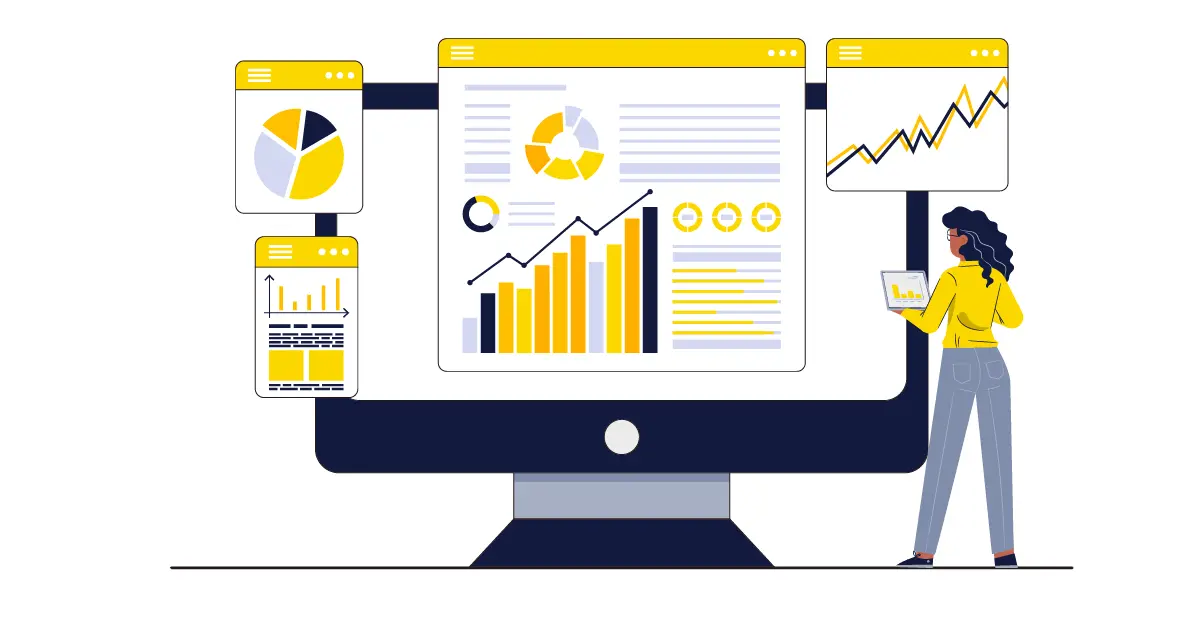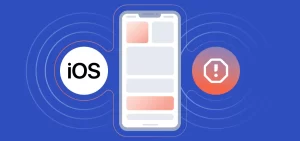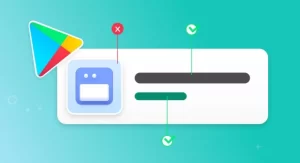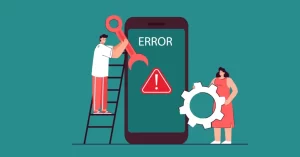A five-star rating can spark a download, while a single one-star review might drive users to skip past an app altogether. But just how reliable are these reviews when it comes to gauging an app’s actual performance and dependability?
Why User Reviews Matter
User reviews are often the first thing people look at before downloading an app. Unlike developer-provided descriptions, which are designed to market the product, user reviews are perceived as honest, real-world feedback from people who have used the app.
Influence on Behavior:
- Trust-building: Apps with high average ratings are assumed to be more trustworthy.
- Risk-reduction: Negative reviews help users avoid problematic or buggy apps.
- Social proof: Seeing thousands of positive reviews suggests widespread approval.
According to surveys, over 90% of users read at least one review before installing an app, and about 70% say that negative reviews can dissuade them completely.
The Psychology Behind Perception
User reviews tap into basic psychological cues:
| Psychological Bias | How It Affects Review Perception |
|---|---|
| Confirmation Bias | People pay more attention to reviews that confirm their expectations. |
| Negativity Bias | Negative reviews carry more weight than positive ones. |
| Bandwagon Effect | Highly rated apps attract more users, who then rate positively too. |
| Recency Effect | Most recent reviews influence perception more than older ones. |
In short, our brains aren’t always rational when reading reviews. We often lean on heuristics—mental shortcuts—that can skew how we interpret feedback.
When Reviews Reflect Reality
Reviews are most valuable when they describe:
- Reproducible bugs (e.g., app crashes when uploading a photo)
- Feature limitations or missing functionality
- Consistency over time (does the app degrade with updates?)
- Support responsiveness from the developer
These types of reviews often come from users with a specific use case in mind, making them more insightful and actionable. Clusters of reviews reporting the same issue typically signal a legitimate concern.
When Reviews Mislead
Despite their value, user reviews can also distort reality. Here’s how:
1. Limited Sampling
Most users never leave a review. The ones who do tend to be either very satisfied or very angry. That means the middle ground—users with average, uneventful experiences—is usually missing.
| Experience Type | Likelihood of Leaving a Review |
|---|---|
| Extremely positive | High (want to praise or recommend) |
| Neutral | Low (no strong reason to comment) |
| Extremely negative | High (frustration drives action) |
This creates a skewed perception where apps appear more polarizing than they actually are.
2. Outdated Feedback
App updates can quickly fix bugs or improve performance, but reviews often linger long after changes have been made. A review written six months ago may no longer reflect the app’s current state.
3. One-Device Bias
A review complaining that an app crashes might be accurate—for that specific phone model or OS version. For others, it could work perfectly. Without context, the review may be misinterpreted as a broader reliability issue.
4. Fake or Incentivized Reviews
Some developers boost their ratings by paying for fake reviews or offering rewards for positive feedback. This muddies the waters and erodes trust.
Red flags of fake reviews:
- Overuse of generic praise (e.g., “Great app! Very useful!” with no specifics)
- Sudden spikes in 5-star ratings
- Identical phrasing across multiple reviews
How App Stores Handle This (and Often Fail)
Both Google Play and the Apple App Store have systems in place to detect and remove fraudulent reviews, but these aren’t foolproof.
- Google uses machine learning to identify spammy behavior.
- Apple claims to review apps manually, but fake reviews still slip through.
Neither store allows users to easily filter reviews by device type, app version, or region—features that would significantly improve review transparency and context.
How to Read Reviews Like a Pro
To separate signal from noise, use these strategies:
| Tactic | What It Reveals |
|---|---|
| Sort by “Most Recent” | Shows how the app performs after the latest update |
| Read 1-star and 5-star reviews | Helps understand both extreme opinions and see if they overlap |
| Look for detailed feedback | More useful than short, vague comments |
| Cross-check reviews on Reddit | Forums often contain more in-depth, honest user experiences |
| Check developer responses | Active support indicates ongoing reliability improvements |
The Role of App Developers
Developers play a role in shaping review perception too. Proactive teams monitor feedback, respond to concerns, and push updates that address specific complaints. Apps with visible developer engagement tend to maintain higher trust—even if problems arise.
Additionally, developers can clarify misleading reviews by publicly responding and pointing users toward solutions, updates, or clarifications. This improves not just individual user experience but overall app reliability perception.
The Verdict: Useful, But Not Infallible
User reviews are a crucial layer in evaluating app reliability—but they are far from definitive. They reflect slices of user experience, often without full context. When read critically and combined with other information like update history, developer activity, and personal testing, reviews can help you make better decisions.
But if you blindly trust the top rating or let a single angry review stop you from trying an app, you risk missing out—or buying into hype. Use user reviews as one tool in your digital decision-making toolbox—not the only one.



